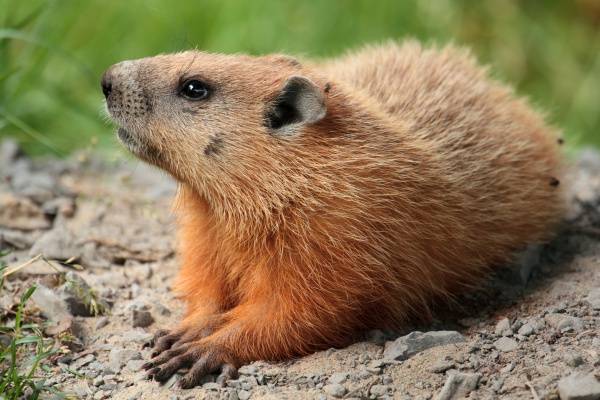Facts About Woodchuck
The groundhog, also known as a woodchuck, is a captivating member of the Sciuridae family. First documented by Carl Linnaeus in 1758, these creatures are also referred to as chuck, wood-shock, groundpig, whistlepig, and more. They inhabit the eastern United States, Canada, and Alaska.
Primarily herbivorous, groundhogs feed on grasses, vegetation, and occasionally insects. Armed with robust limbs and claws, they are proficient diggers. Indeed, they are the largest rodents within their habitat, reaching lengths of up to 68.5 cm and weights between 2 and 6.3 kg. Their four incisor teeth, which continuously grow, are notably white.
Groundhogs are renowned for their burrowing expertise, constructing dens for sleeping, raising their young, and hibernating. Although mostly solitary, they occasionally share their burrows with others. During winter hibernation, groundhogs significantly lower their body temperature and heart rate. They awaken in the spring, relying on their remaining body fat until food becomes abundant again.
These animals reproduce once a year, with litters ranging from two to six pups. Groundhogs are diurnal, meaning they are active during the early morning and late afternoon.
In terms of their relationship with humans, groundhogs can be somewhat of a nuisance. Their diet and burrowing habits can damage farms and gardens. Nevertheless, they also enhance soil quality and provide homes for other animals. Interestingly, groundhogs are used in medical research, particularly in studies related to hepatitis B-induced liver cancer.
Groundhogs have also made a significant impact on popular culture. Events like Groundhog Day celebrate these animals, with famous groundhogs such as Punxsutawney Phil gaining widespread recognition. They appear in literature and are even used in archaeological research due to their burrowing activities.

 Canada
Canada